
Are you looking for ways to teach your pet good behavior? Teaching your pet good behavior can be a challenge, but it is essential for the safety and health of both you and your pet. In this blog post, we will discuss tips and techniques for teaching good behavior to all types of pets, including dogs, cats, and small animals.
We will discuss understanding pet behavior, training techniques for good behavior, and troubleshooting common issues with pet behaviors. By the end of this post, you will have the knowledge and resources to help your pet become a model citizen.
Benefits of Teaching Good Behavior
Teaching good behavior can have numerous positive effects on a child. Not only does it provide them with better opportunities to succeed in the future, but also instills an important sense of responsibility and respect for themselves and those around them.
It teaches children that they should take pride in their words and actions, which improves their overall behavior in society. Moreover, when they understand the importance of being polite and courteous, they naturally gain trust and recognition from family members, peers, teachers, or other adults in the home or community.
Good behavior empowers children to be assertive while preserving their self-esteem. As such our responsibility as parents or educators is to teach children acceptable manners so that they become mature individuals capable of independent functioning in society.

Teaching Good Behavior In Dogs
Understanding Dog Behavior
Understanding the behavior of dogs can be a challenging yet rewarding endeavor. Dogs communicate with us in their unique ways, and it is up to us as owners to interpret their signals and attempts at communication.
To gain insight into our canine companions’ behavior, we must observe them and document any changes in their routine or emotions—being aware of medical conditions that might interfere is also important. Taking the time for proper training and socialization will go a long way towards helping us understand our furry friends, by nurturing mutual trust and respect between pet and owner.
With some patience and research, we can learn how our dogs think and feel—ultimately enhancing the bond between humans and hounds.
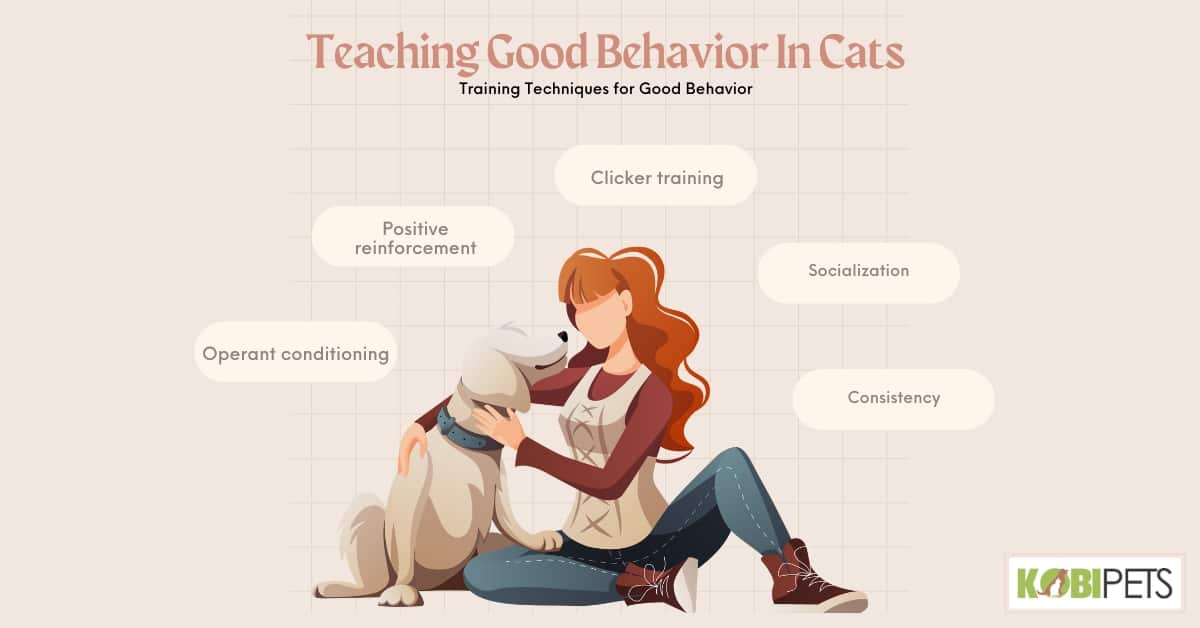
Training Techniques for Good Behavior
Training Techniques for Good Behavior
Positive reinforcement
This method involves rewarding dogs for desired behaviors, such as sitting or coming when called. This helps to reinforce the behavior and increases the likelihood that the dog will repeat it in the future.
Clicker training
This method involves using a small handheld clicker to mark the exact moment a dog performs a desired behavior. The clicker serves as a marker for the behavior, and the dog is then rewarded for it.
Operant conditioning
This method involves using consequences, such as rewards or punishments, to shape a dog’s behavior. For example, a dog may be given a treat for sitting but ignored for jumping up.
Socialization
It’s important to expose your dog to different people, animals, and environments during their critical socialization period (between 3 to 14 weeks) to help them become well-adjusted adults.
Consistency
Training is a daily practice, and it’s important to be consistent with commands and corrections.
It’s worth noting that all training methods should be humane, and should not involve physical punishment or fear. Consulting with a professional dog trainer or animal behaviorist may help develop a training plan that is tailored to your dog’s specific needs.
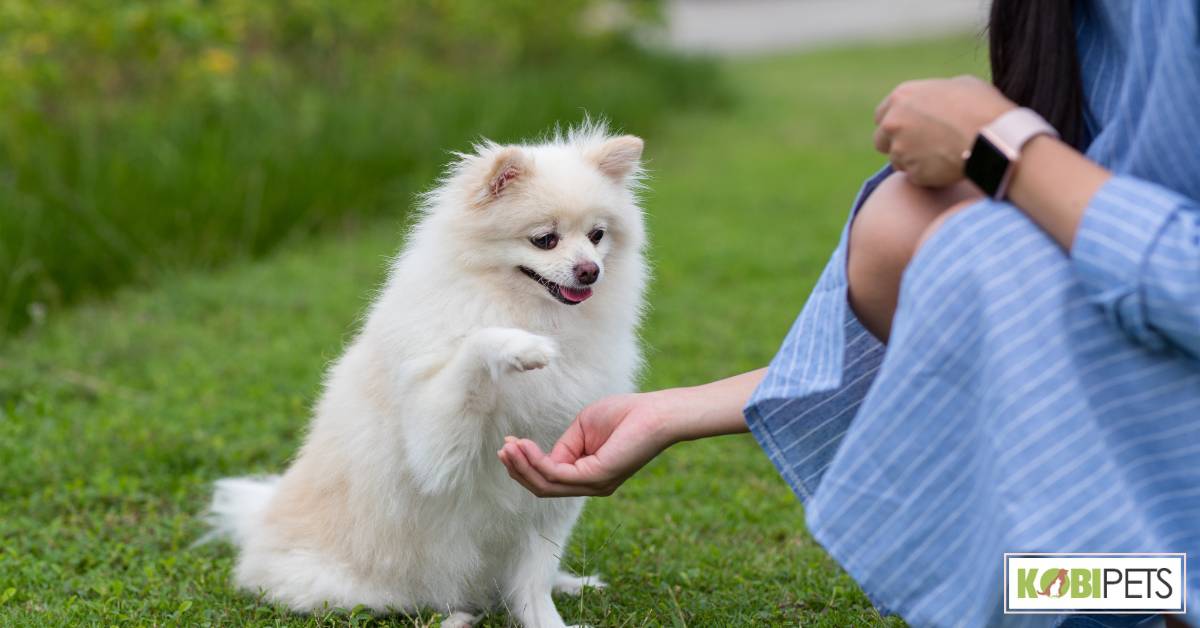
Teaching Good Behavior In Cats
Understanding Cat Behavior
Many cat owners are curious about the motives behind their kitty’s behaviors. Understanding what cats communicate with their body language and vocalizations is key to having a healthy relationship with your feline friend.
By getting to know more about common behaviors such as purring, kneading, and meowing, you can start to decode your cat’s signals and better connect with them on a deeper level.
Additionally, there are many tools available that can help guide you through all the unique quirks of your cat’s personality, from identifying signs of anxiety to learning various ways to stimulate active playtime.
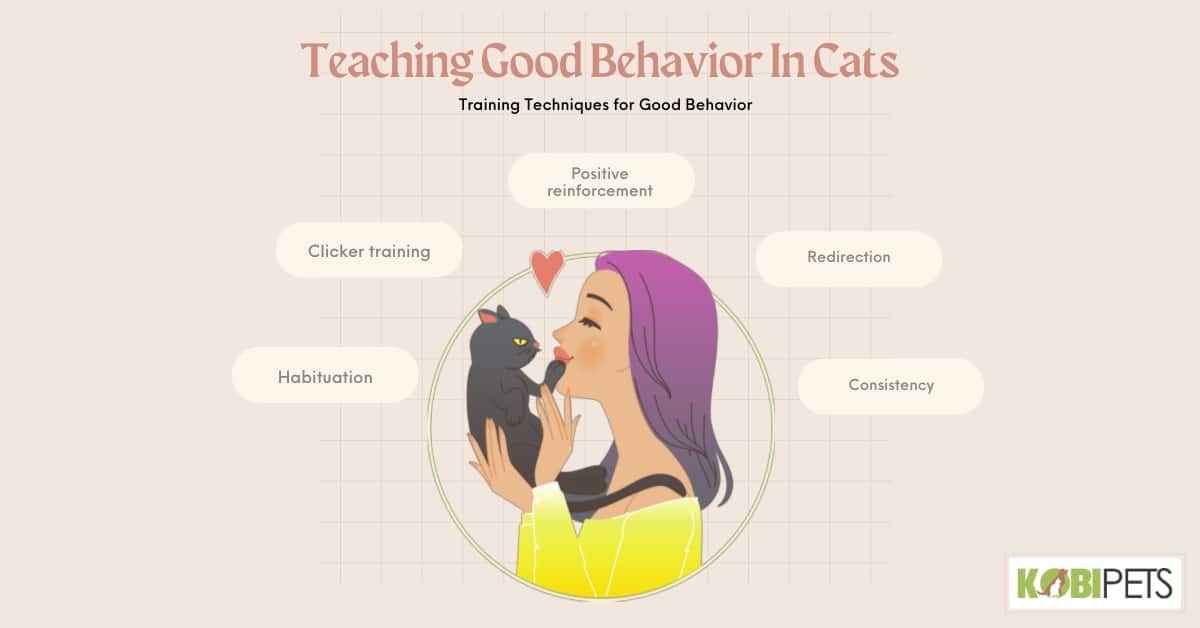
Training Techniques for Good Behavior In Cats
Training Techniques for Good Behavior
Positive reinforcement
This method involves rewarding cats for desired behaviors, such as using a scratching post or coming when called. This helps to reinforce the behavior and increases the likelihood that the cat will repeat it in the future.
Clicker training
This method involves using a small handheld clicker to mark the exact moment a cat performs a desired behavior. The clicker serves as a marker for the behavior, and the cat is then rewarded for it.
Redirection
This method involves redirecting a cat’s unwanted behavior, such as scratching furniture, to an appropriate alternative, such as a scratching post.
Habituation
This method involves getting the cat accustomed to certain stimuli, such as vacuums or car rides, through positive reinforcement and exposure.
Consistency
Training is a daily practice, and it’s important to be consistent with commands and rewards.
It’s worth noting that cats are independent animals and may not respond well to traditional obedience training. Training may be best focused on specific behavior issues, such as scratching or litter box training.
Consulting with a professional animal behaviorist may help develop a training plan that is tailored to your cat’s specific needs.
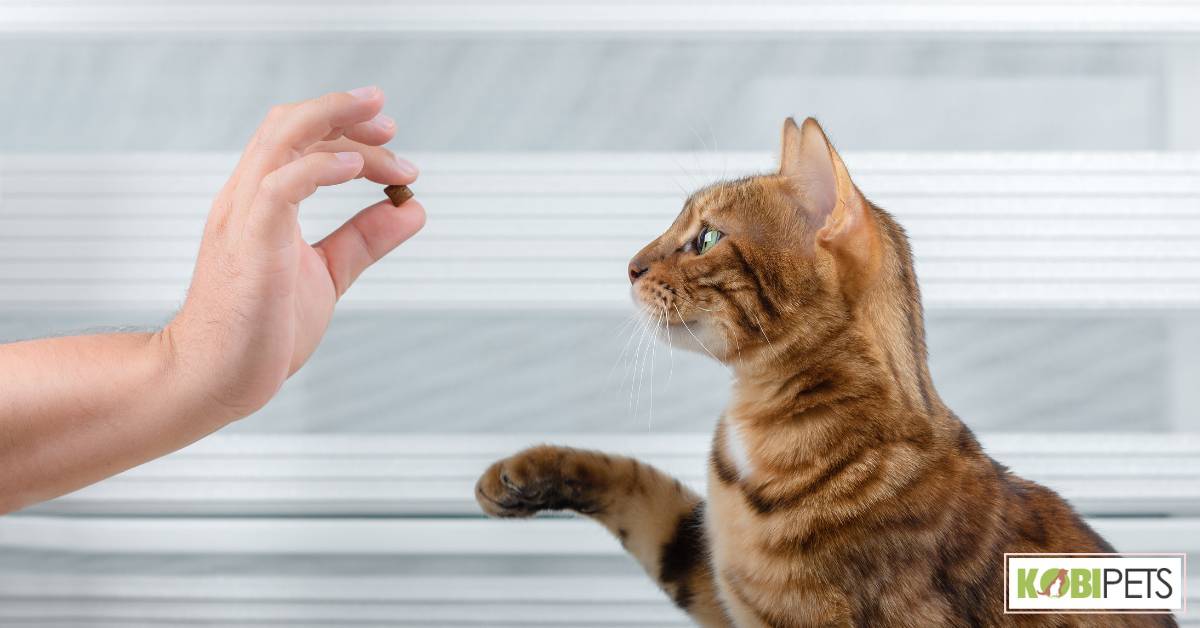
Teaching Good Behavior In Small Animals
Understanding Small Animal Behavior
Any pet owner of a small animal such as a hamster, guinea pig, or rabbit knows that their furry companions have distinct personalities. But why do these animals act the way they do? Understanding small animal behavior can help owners provide the best care possible and make them rewarding members of the family.
By recognizing some of their behaviors, we can identify when they are feeling comfortable, scared, aggressive, or stressed out. Learning cues like body language and vocalizations helps us understand our tiny buddies better and ensure that they live happy lives with us.
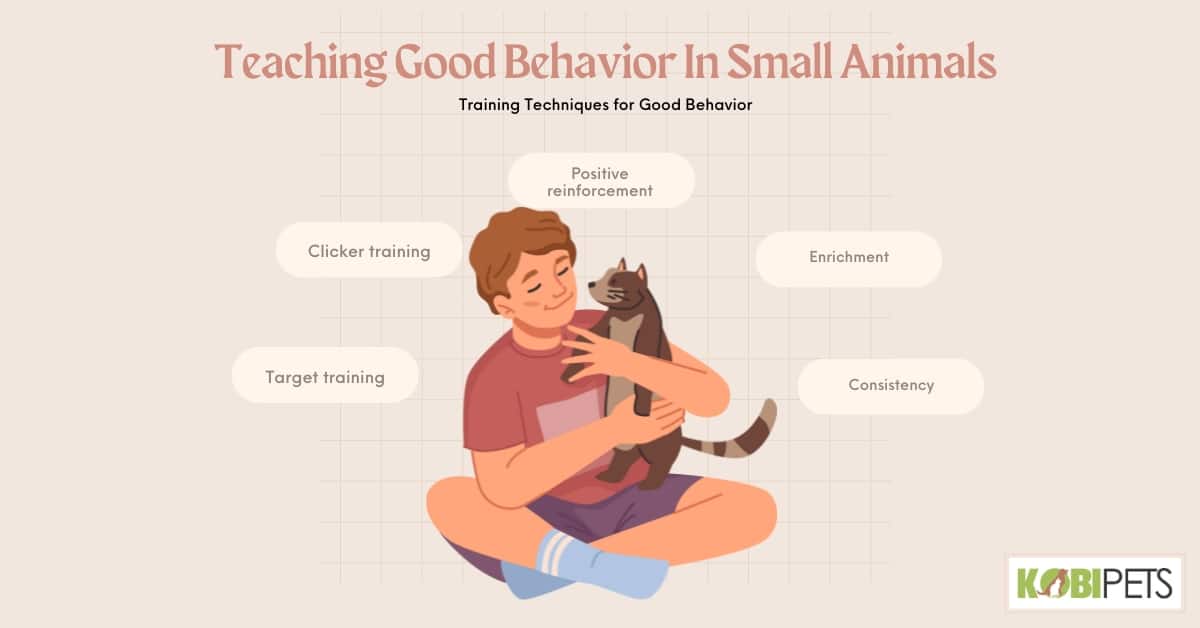
Training Techniques for Good Behavior
Positive reinforcement
This method involves rewarding small animals for desired behaviors, such as coming to a call or being held. This helps to reinforce the behavior and increases the likelihood that the animal will repeat it in the future.
Clicker training
This method involves using a small handheld clicker to mark the exact moment an animal performs a desired behavior. The clicker serves as a marker for the behavior, and the animal is then rewarded for it.
Target training
This method involves teaching small animals to touch an object with their nose or paw in exchange for a treat. This can help build trust between humans and pets, as well as teach them some basic commands such as “come” and “stay”.
Enrichment
This method involves introducing new toys, food items, or activities to an animal’s habitat to stimulate their senses and keep them entertained.
Consistency
Training is a daily practice, and it’s important to be consistent with commands and rewards.
It’s worth noting that all training methods should be humane, and should not involve physical punishment or fear. Consulting with a professional animal behaviorist may help develop a training plan that is tailored to your pet’s specific needs.
By utilizing the tips and techniques outlined in this blog post, you can help teach your pet good behavior and build a strong bond with them. With consistency, patience, and lots of love, you can help your pet become the best version of themselves.

Managing Problem Behaviors
Managing problem behaviors in pets requires patience, understanding, and consistency. It’s important to understand the source of the behavior and then work on a plan to correct it. Training activities that rely on positive reinforcement are often successful for all types of pets, whether you have a cat, dog, bird, or reptile.
A consistent routine should also be established to encourage good behavior and discourage bad behavior. Additionally, providing your pet with proper attention and exercise can help manage problem behaviors before they become serious issues.
If problems persist or if you are at a loss as to how to approach certain behaviors, talking to your veterinarian or an animal behavior specialist can give you additional guidance on managing your pet’s behavior effectively.

When to Seek Professional Help for Behavior Issues
When dealing with difficult behavior issues in the home or school settings, it may be beneficial to seek professional help. This help can come in the form of support from a therapist, psychologist, or counselor who knows how to understand and address specific behaviors.
For children, this is particularly important as certain issues can become entrenched in their outlook as they age. Consulting with a professional about behavior issues in childhood can help maximize future social and academic success. Of course, if any person is feeling overwhelmed or hopeless due to persistent behavioral challenges, speaking with an expert could significantly improve their outlook and well-being.
Above all else, it is important that those struggling take proactive action for themselves so that their quality of life may be enhanced regardless of the particular issue at hand.

In Conclusion
Ultimately, teaching good behavior to all types of pets is an important part of being a responsible pet owner. Understanding your pet’s behaviors and providing them with the necessary resources to learn proper etiquette can help create a mutually beneficial relationship between you and your animal companion.






